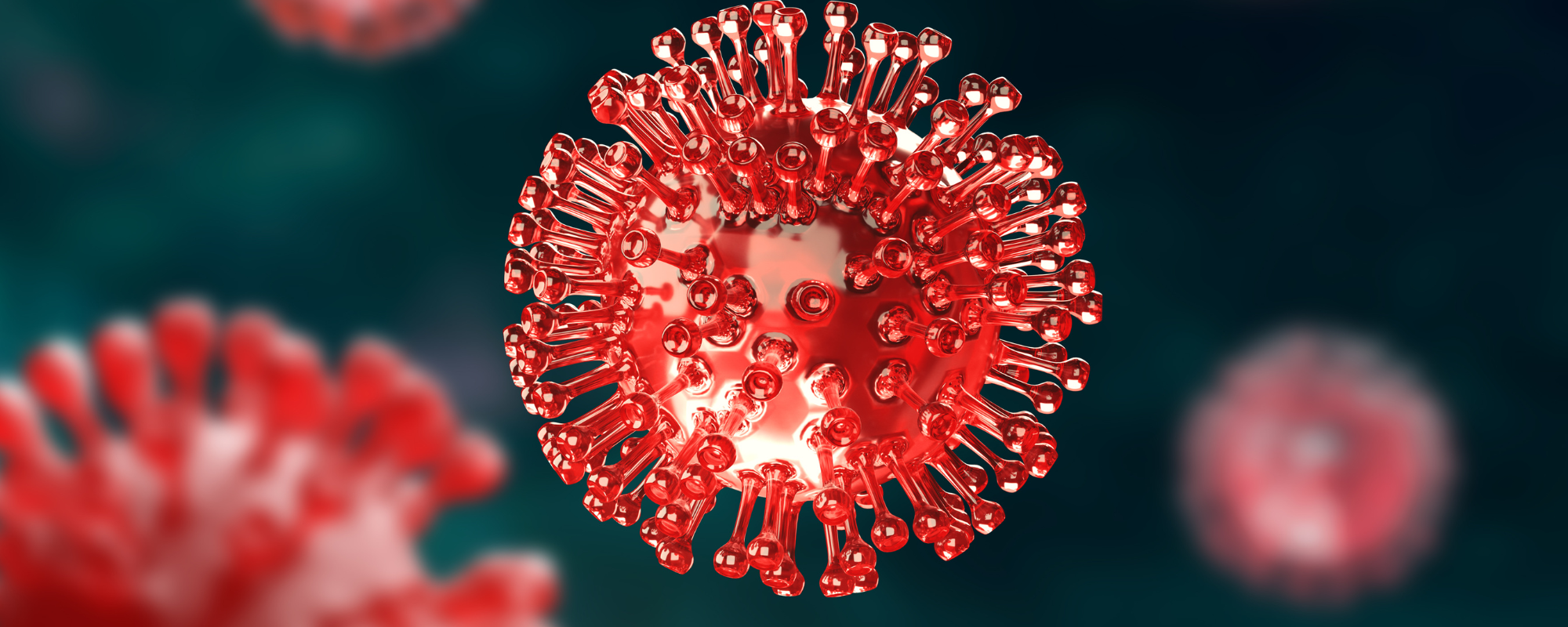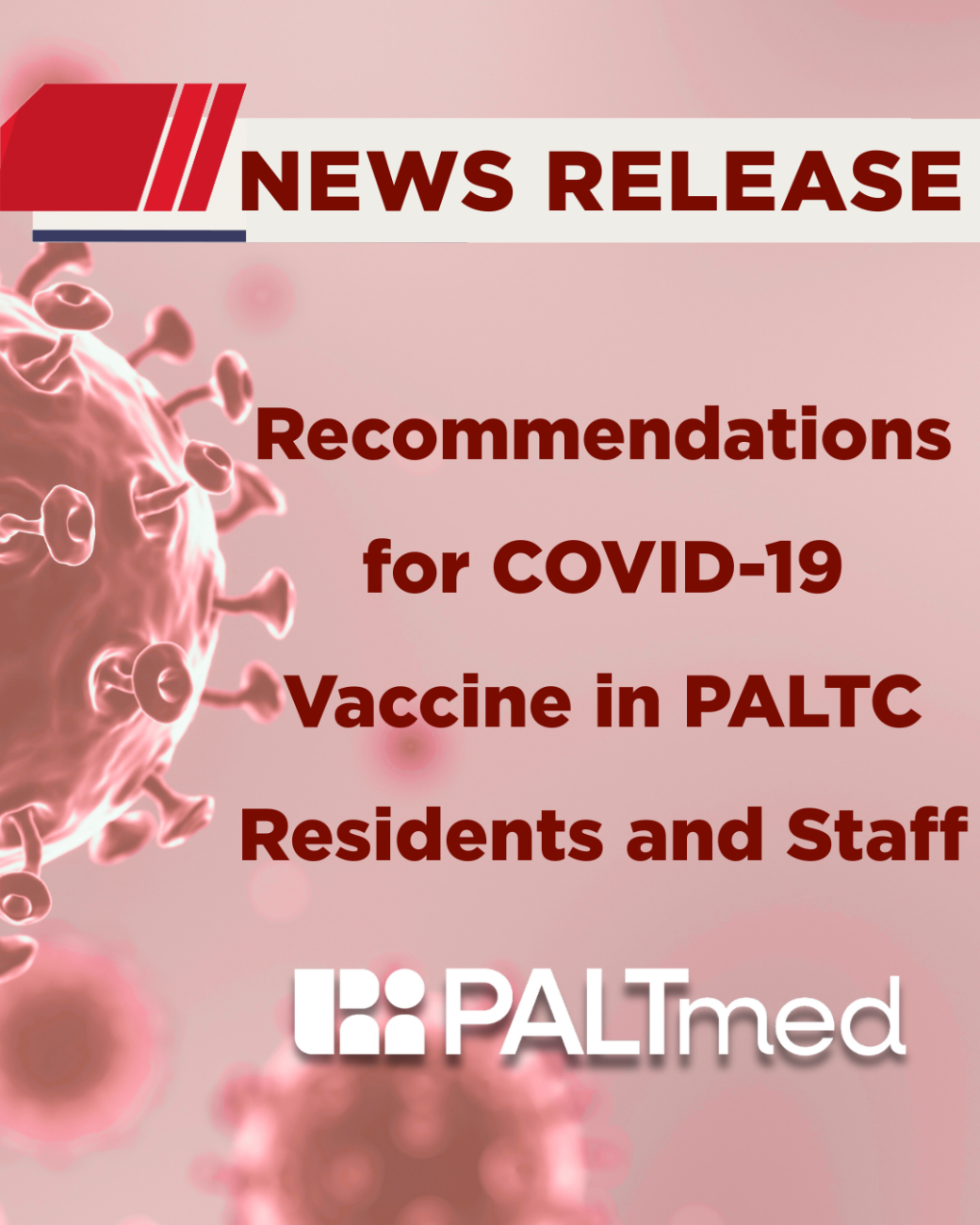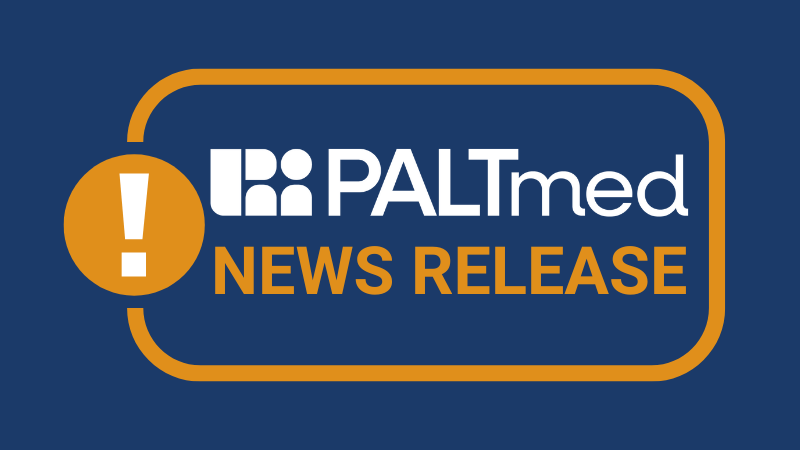COVID-19
COVID-19, caused by the novel coronavirus SARS-CoV-2, has been established as a significant health concern. In post-acute and long-term care (PALTC) settings, the vulnerabilities of the resident population combined with the unique environmental characteristics have led to severe outbreaks with significant morbidity and mortality.
While all age groups are susceptible, older adults and those with underlying comorbidities in PALTC settings face a higher risk of severe disease and death. Transmission largely occurs through respiratory droplets, but aerosol generation, surface contamination, and asymptomatic carriers complicate containment.
Symptoms can range from asymptomatic to severe respiratory distress. Typical manifestations include fever, cough, dyspnea, fatigue, and loss of taste or smell. Older adults might also present atypically with confusion, falls, or generalized weakness. Diagnosis primarily relies on RT-PCR testing of nasopharyngeal or oropharyngeal swabs, although serology, chest imaging, and other laboratory markers can offer supplementary information.
Management Principles in PALTC
- Isolation & Cohorting: Early identification and isolation of symptomatic individuals are vital. Cohorting can be an effective strategy to prevent further spread.
- Supportive Care: Most patients require supportive management, including hydration, antipyretics, and supplemental oxygen.
- Therapeutic Interventions: The use of treatments such as antiviral agents, corticosteroids, and monoclonal antibodies should align with current guidelines and clinical judgment.
Prevention and infection control includes vaccination of residents and staff, proper use of personal protective equipment (PPE) and hand hygiene, and regular testing as appropriate.
COVID-19 has underscored the importance of preparedness, adaptability, and resilience in healthcare, especially in PALTC settings. Continuous education, evidence-based interventions, interdisciplinary collaboration, and proactive communication with families and stakeholders will remain paramount in navigating the multifaceted challenges posed by the pandemic and its aftermath.
Vaccination and Therapeutics in PALTC Toolkit
CDC Resources
- Resources to Prepare for Flu, COVID-19, and RSV
- Infection Control Actions for Respiratory Viruses
- Covid-19 Vaccine Information Statement
- Recording of CDC Bridge Access Stakeholder Briefing
- Immunization Overview for Fall and Winter 2023-2024
- State of Vaccine Confidence Report
- Get Adults’ Vaccinations Back on Track
Healing Together
Resources intended to support well-being. Includes archived webinars, articles, tools, research papers, websites, and blogs. View Details




